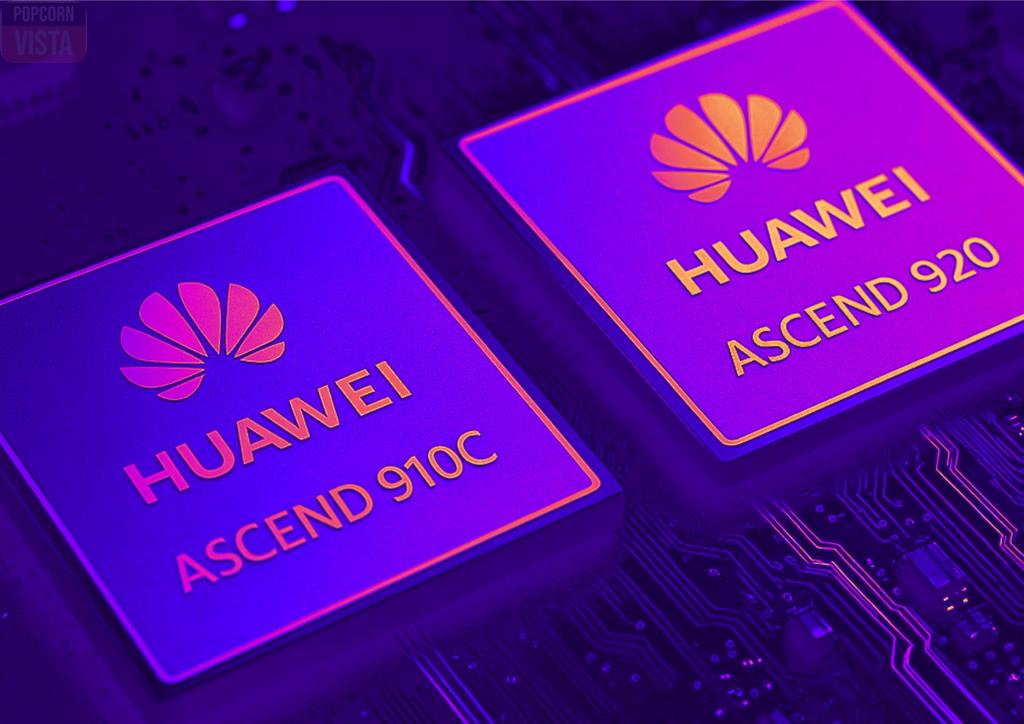Recently, Huawei Technologies has positioned itself as a key player in the AI chip market with its Ascend series, aiming to rival Nvidia. Despite U.S. sanctions, Huawei’s innovations mark a bold step toward China’s tech self-reliance. Thus, this article explores Huawei’s advancements, challenges, and global AI market implications.
Huawei’s Ascend Series: Competing with Nvidia
To begin, Huawei’s Ascend 910C and 920 AI chips target Nvidia’s H100 and H20 processors. Reports indicate the 910C achieves 60% of H100’s performance, with room for improvement via software. Meanwhile, the 6-nanometer Ascend 920, set for mass production by late 2025, competes with Nvidia’s H20, now restricted in China.
Moreover, Huawei has sent 910C samples to firms like ByteDance and Baidu. As a result, orders exceed 70,000 chips, valued at $2 billion. Consequently, Huawei aims to meet China’s growing AI chip demand, filling gaps left by Nvidia’s limited market access.
Overcoming U.S. Sanctions: A Bold Feat
However, U.S. sanctions since 2019 block Huawei’s access to advanced tools like ASML’s EUV machines. Instead, Huawei uses older DUV systems with SMIC to produce 7nm chips. Unfortunately, the 910C’s 20% yield falls short of the 70% needed for cost efficiency, raising costs.
Nevertheless, Huawei has improved yields from 50% on the 910B to meet key orders. Additionally, its CloudMatrix 384 architecture and high-bandwidth memory showcase innovative solutions to hardware limits.
Driving China’s AI Goals
Furthermore, Huawei’s chips support China’s “Made in China 2025” self-sufficiency plan. With Nvidia’s H100 and B200 banned, Huawei’s chips power models like DeepSeek’s R1, rivaling global AI leaders. Thus, a localized AI ecosystem is emerging.
On the other hand, Huawei’s chips lag Nvidia’s in efficiency due to SMIC’s 7nm process versus TSMC’s 4nm. Still, they suit many enterprise AI needs, especially as U.S. restrictions tighten.
Global Market Shifts and Tensions
Looking ahead, Huawei’s rise could reshape the AI chip market. For example, Nvidia’s $5.5 billion loss in China highlights market shifts. Huawei’s plan to produce 1.4 million 910C chips by December 2025 may redirect demand, impacting U.S. chipmakers.
Additionally, U.S. sanctions have spurred Huawei’s innovation, like its PyTorch repository rivaling Nvidia’s CUDA. However, new export controls could limit Huawei’s global reach.
Challenges and Future Outlook
Despite progress, Huawei faces hurdles. First, low yields and limited equipment hinder production scaling. Second, global adoption faces interoperability and regulatory concerns. Nevertheless, Huawei’s Tiancheng AI cluster and local partnerships signal strong potential.
In conclusion, Huawei’s Ascend chips mark a turning point in the AI race. Though trailing Nvidia, Huawei’s resilience against sanctions shows innovation. As China pushes for tech independence, Huawei could challenge Nvidia’s dominance, reshaping global AI hardware markets.

